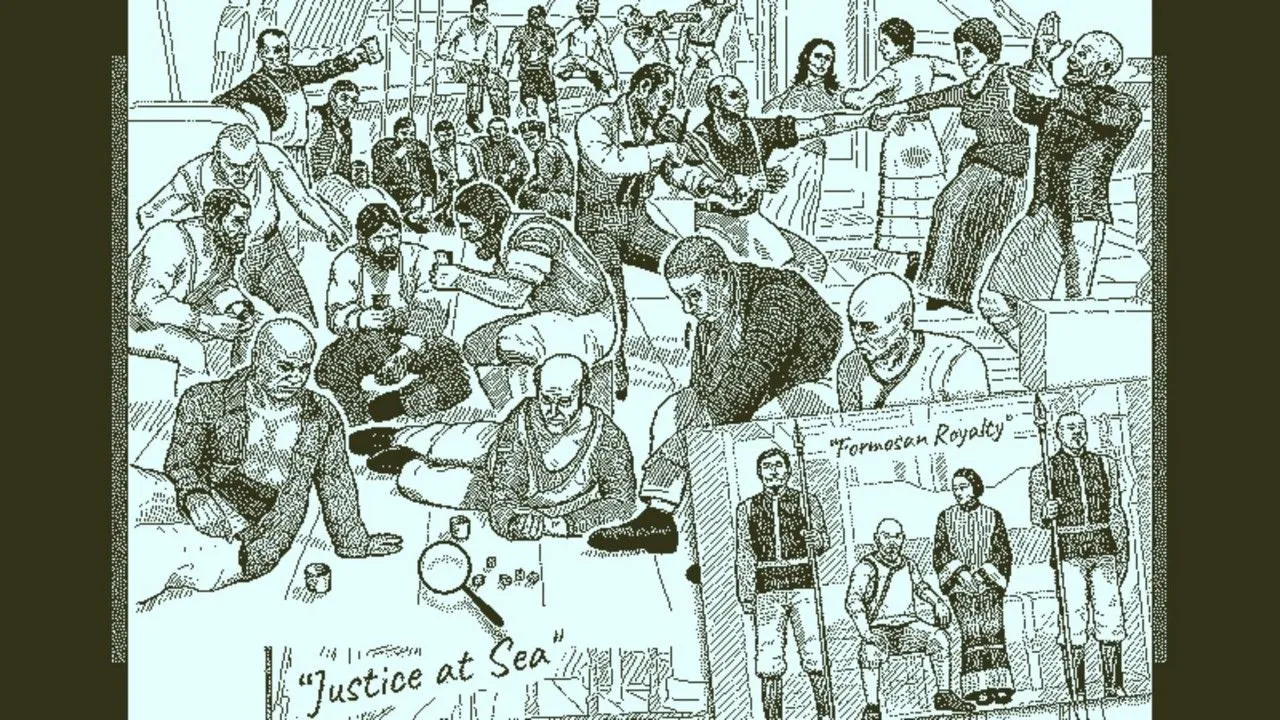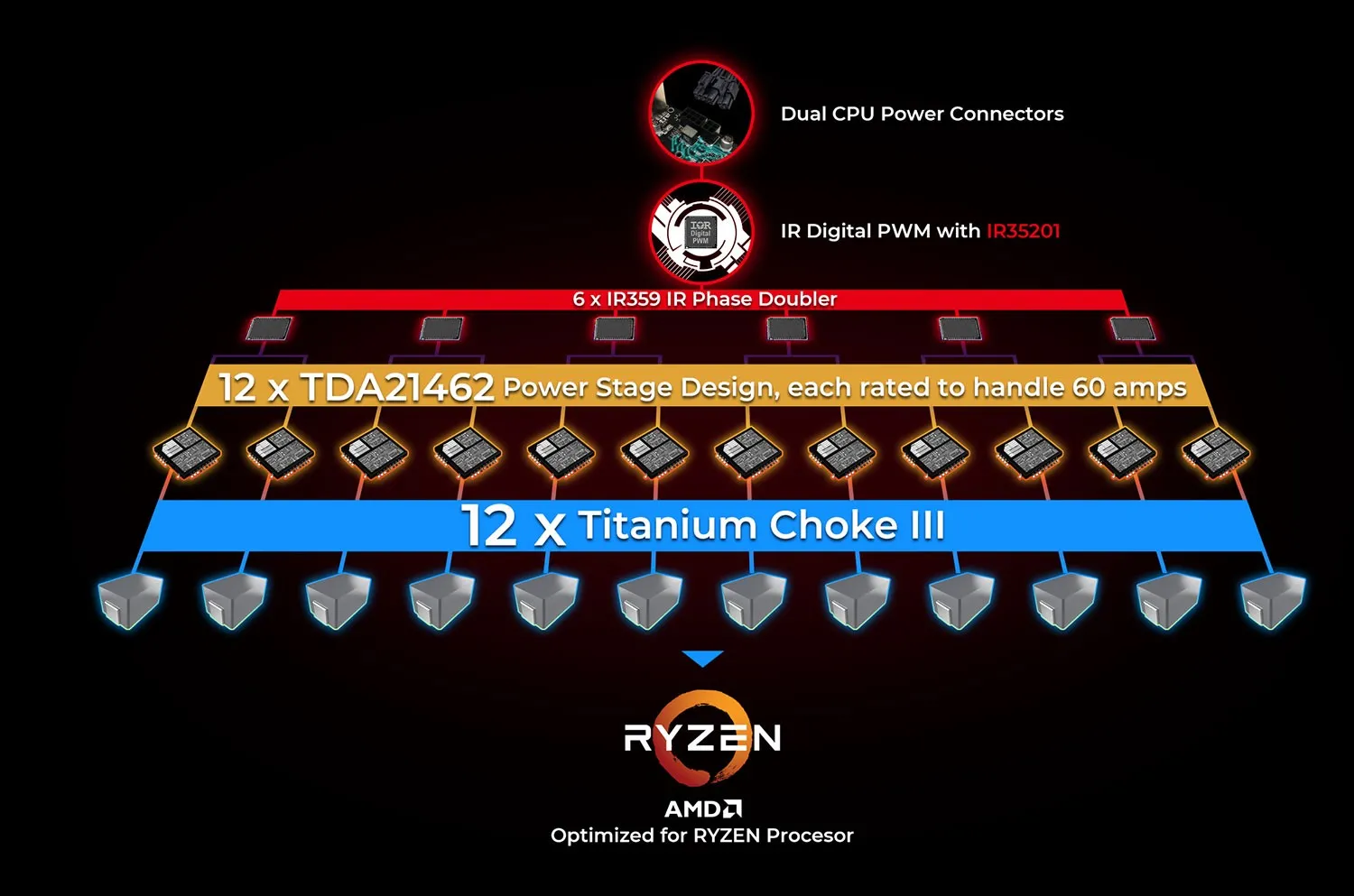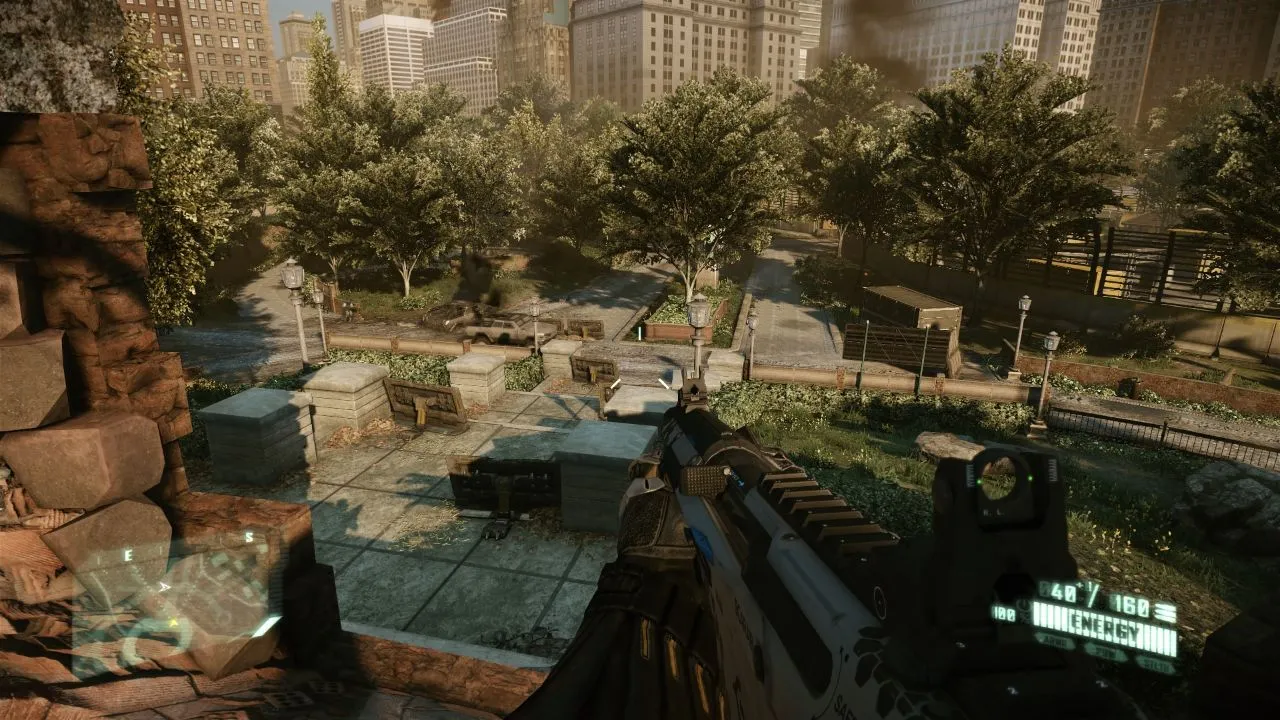
Unraveling the Mystery of Return of the Obra Dinn
Contents
The French philosopher Jacques Derrida introduced the concept of “deconstruction,” a method of analyzing text by examining the relationship between the text itself and its true meaning. Words can be easily misinterpreted when their context shifts, making interpretation a daunting task. Derrida argued that language is a system of signs and symbols, and meaning arises from the interplay between these signs. Meaning isn’t solely dependent on individual signs but is transferred between them. His solution? Delve into the text, focus on the correlation between words and context, and utilize varied expressions to alter both context and words. Ironically, Derrida didn’t consider “deconstruction” a method, as it doesn’t operate mechanically.
This difficulty in conveying meaning is why many detective games struggle to reach their full potential. A compelling mystery isn’t just about revealing a hidden truth; it’s about the journey of unraveling it. Context is key. A knife neatly placed in a kitchen is vastly different from a bloodstained knife hastily discarded in a vase. How can a game effectively utilize these contrasting signs without being overly obvious? Return of the Obra Dinn offers a compelling answer.
 Obra Dinn
Obra Dinn
A Ghost Ship and a Pocket Watch
How do you make the mundane job of an insurance investigator extraordinary? With magic, of course! A ship vanishes for four years, then reappears, deserted and devoid of life. The Obra Dinn is a ghost ship, whispering secrets. As the investigator, your journey begins as adrift as the ship itself.
Your key tool is a memento mori pocket watch, capable of “rewinding” time. By activating it near skeletal remains, you witness the final moments of the deceased. Dialogue, often distorted by environmental noise, plays out as you observe the tragic events unfold. These frozen scenes, though gruesome, are crucial to your investigation. Your task isn’t to empathize; it’s to deduce.
Navigating Uncertainty
Return of the Obra Dinn‘s non-linear storytelling creates a captivating sense of uncertainty. The static scenes, open to your scrutiny, not only obscure crucial information but also convey the chaos of life-or-death situations. Characters meet violent ends, from being cleaved in two to crushed by falling debris. These deaths, reminiscent of a macabre art film, highlight the fragility of life.
 Obra Dinn
Obra Dinn
After witnessing these tragic fates, your second tool comes into play: a logbook detailing the Obra Dinn’s ill-fated voyage. Its pages are blank, waiting to be filled. Sixty lives, ten chapters, two questions: who are they, and what became of them? This is where the real game begins.
Piecing Together the Puzzle
The four-decked ship is more than just a setting; it’s a repository of clues, waiting to be deciphered. Visual, auditory, and intuitive reasoning, combined with a dash of educated guesswork, are your allies. When the game asks, “who are they?”, you’ll be asking yourself a series of questions: Was their name mentioned before? Did they mention anyone close to them? Is their name written anywhere? Names are powerful identifiers, distinguishing individuals with a few syllables.
Similarly, accents and speech patterns reveal nationalities. Clothing can indicate cultural background or crew rank. Crew members’ roles often dictate their location on the ship. The game cleverly weaves these elements together, creating a rich tapestry of interconnected clues.
Deconstructing the Investigation
Return of the Obra Dinn subverts traditional detective game mechanics. Instead of interrogating suspects, you explore environments, piecing together narratives from contextual clues. The game focuses on the how of death, not necessarily the why. This allows you to truly embody the role of a detective, uncovering the truth through meticulous observation and deduction.
The game anticipates player strategies, preventing brute-force solutions. With a large cast and numerous possibilities, guessing is futile. The game confirms your deductions in groups of three, encouraging careful consideration and logical elimination.
A Grim Reminder
My eight hours with Return of the Obra Dinn revealed my own deductive shortcomings, as I left many fates unresolved. However, you don’t need to be Hercule Poirot to succeed. The game respects player intuition and avoids overwhelming complexity. Ultimately, Return of the Obra Dinn is a poignant reminder of life’s precariousness. Its somber tone, underscored by haunting violin melodies, leaves little room for sentimentality. The past, like the fates of the Obra Dinn’s crew, remains perpetually uncertain.





Comments (0)